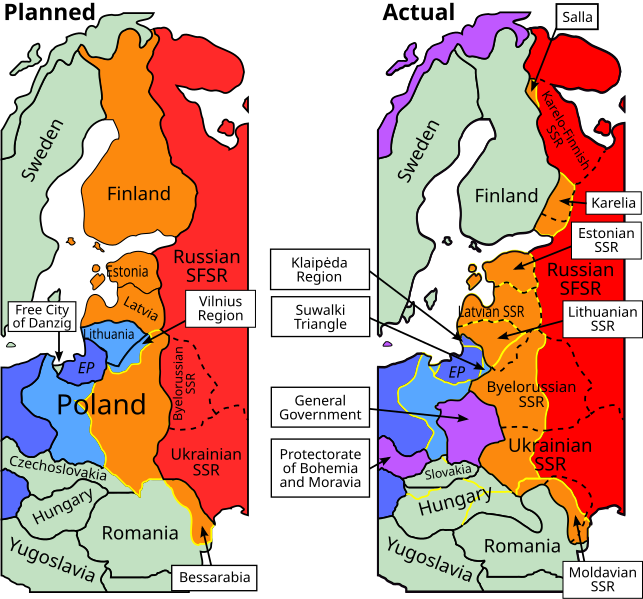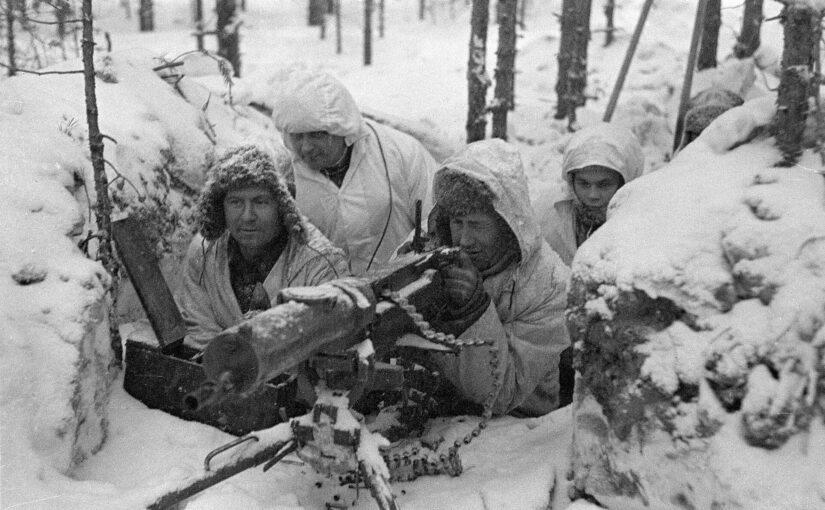In the aftermath of the Invasion of Poland, the USSR occupied the Eastern half of the country, now sharing a border with Germany due to an invasion that lasted a little over a month. The haste at which this was achieved was partially due to the fact that Poland, having only been birthed in the collapse of the German and Russian Empires was very behind militarily speaking, especially compared to the technologically superior Wehrmacht. Stalin believed he could achieve this again with another nation that was formerly a part of the Russian Empire.

Finland, which had only gained independence 22 years prior, was number one on Stalin’s bucket list. As democracy in Finland was making bounds, he believed that the area of Karelia specifically posed a threat to the key city of Leningrad in the North. Stalin demanded that Karelia be seceded. Finland, having declared itself neutral upon the outbreak of WW2, sought help from Britain, France and Sweden after the ultimatum was received, to no avail. On November 30th, 1939, Finland refused the ultimatum, and Stalin began moving Soviet forces into Finland.
Despite the vast size and mechanisation of the Soviet Army, the Finnish largely had the upper hand. The main problem was the terrain and weather, as that winter was recorded as one of the coldest in European history, reaching as low as -40 Degrees. Not only that but, having been aquainted with the terrain, the Finnish made easy work of the Soviets with the assistance of skis and a distinctive winter camoflauge. The skis worked effectively at quickly swooping past and taking out enemy forces, especially the tanks, which were stopped when Finnish skiers lodged crowbars and logs into the tank tracks, stopping them dead. They would also use Molotov Cocktails, a tongue and cheek reference to the Soviet Foreign Minister, Vyacheslav Molotov, who worked on the Molotov-Ribbentrop pact, with German Reichsminister of Foreign Afffairs Joachim von Ribbentrop, that gave the Soviets a claim to Finland.

However, the tide of the war began to turn as Stalin appointed a new commander, Marshal Semyon Timoshenko, who sent new and improved forces into Finland. Eventually, having been overrun and tired out, the Finnish were forced into surrender, giving up multiple territories as a part of the peace deal. The Soviet Union was removed from the League of Nations after declaring the invasion illegal. It also demonstrated the hesitancy of the Allies and the weakness of the Soviets to Hitler, who would use these to his advantage in the coming years. This was not the end for Finland, however, as it would lick its wounds and come back with a vengeance.
